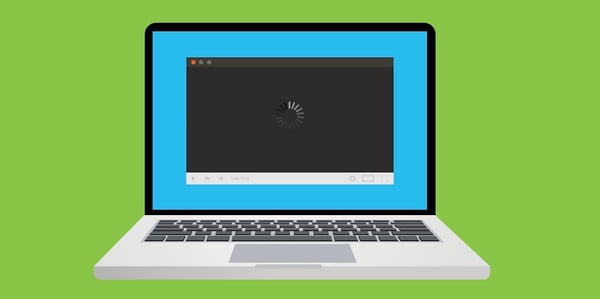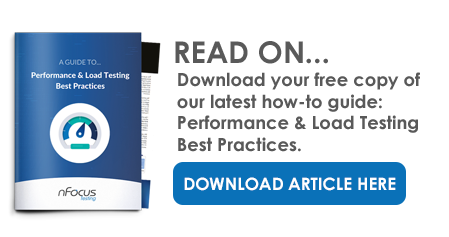Introduction to Performance and Load Testing
Whether a system is to be used internally by your work force or externally by your customers, it’s stability and performance directly correlates with your success.

Research shows a clear relationship between website load speed and response times with customer conversions. The faster a page loads the more likely customers will be to do business on your site. Conversely, customers are less likely to buy your products and engage with your brand, the slower your website responds to their actions. Obviously, for internal applications, your workforce will be more productive and effective if the tools they use in their day to day activity are responsive and quick.
Performance and load testing can mitigate the business, financial and reputational damages of poor performance.
The following set of best practices will help you deliver performance testing successfully.
Principles:
- Performance and Load Testing verifies if nonfunctional and technical requirements have been fulfilled by the system under test
- Performance and Load non-functional requirements and acceptance criteria should be defined ahead of test planning
- Performance and Load Testing objectives, scope
must be agreed ahead of test scripting - Performance acceptance criteria will be assessed
by the outcome of Performance and Load tests - Performance and Load Test scripts must emulate
user journeys accurately, complete and
representative of business process - Performance and Load tests should validate the
high business risk, high technical risk and highvolume
transactions meet their non-functional
requirements - Performance and Load test user journeys should be
signed off by end users or business SMEs prior to
execution - Performance and Load Test must be performed in
an environment that simulates operational
conditions - Load testing should consider all layers of the
technical stack including the UI, mobile devices and
apps
We have created a full guide, below, which contains the following:
- Principles
- Objectives
- Preparation
- Entry Criteria
- Execution
- Status Reporting
- Exit Criteria








.png)
